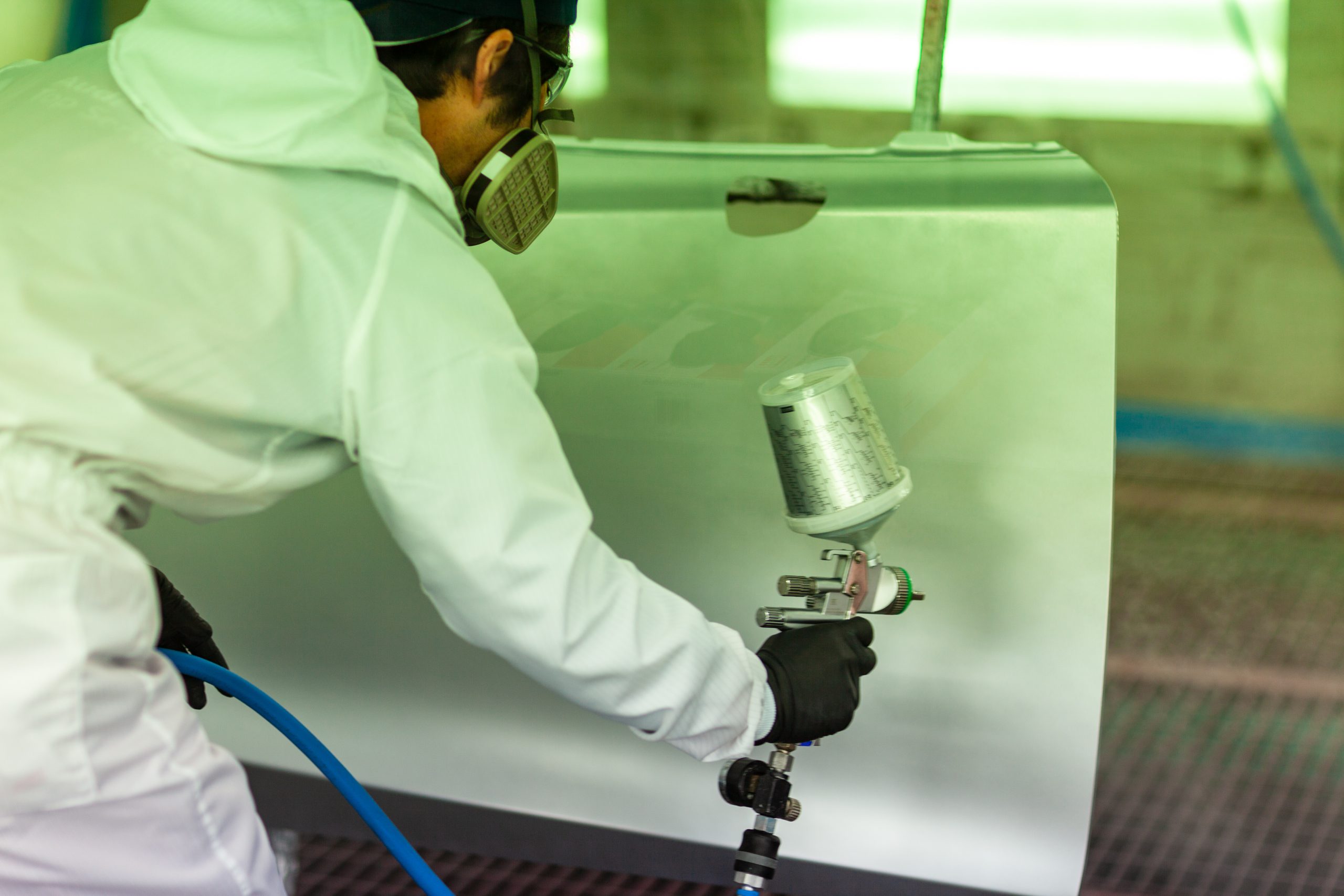
You may think sheet metal finishes sole purpose is for aesthetic. Why else would it have that beautiful matte finish that’s so symmetrical and perfect? You may not be aware that certain finishes aren’t just for eye catching designs — they are also for protecting the product depending on its use. For example, sometimes a special chemical coating is used to change the surface of the metal to make it more adaptable for its intended use. The process of applying a specialized finish to sheet metal is not new. In fact, sheet metal finishes are everywhere. Generations of manufacturers utilize different finishing techniques to enhance their corrosion resistance, scratch resistance, and overall functionality. We’ve outlined some neat finishes and coatings to look out for when designing the functionality and appearance of a fabricating project.
Chemical conversion coatings have specialized purposes tailored to particular types of sheet metals. The most common types are anodized, chromate, zinc, and passivate. These coatings help limit the corrosion that would normally happen when steel, stainless steel, or aluminum are exposed to elements. For instance, if you want to improve electrical properties of stainless or aluminum parts, chromate would be the chemical treatment used. To improve corrosion resistance yet also add some color for aesthetics, you’d want to anodize.
Powder coatings are one the most common sheet metal finishes. First, a small electrical current is run through the metal. Then, a powered polymer pigment is sprayed on with a nozzle, forming a bond with the metal through electrostatic attraction. Powder coatings top paint for aesthetic reasons due to quick drying and a more uniform solid finish, and they come in several different colors. Powder coatings are decorative and protective from corrosion and heavy usage.
Silk screening is strictly for aesthetics, and the process is the same way people add logos to T-shirts. A fine mesh screen allows ink to transfer through, but only in designated areas that you choose. It is recommended that you choose a smooth powder coat finish before silk screening so the graphics produced have a greater effect.
Anodizing is an electrochemical process that increases the corrosion resistance of a metal part by forming a layer of oxide on its surface. Submersing aluminum in an acid electrolyte bath while passing an electrical current through it forms an aluminum oxide coating right from the aluminum itself. The results are a hard, durable coating that’s resistant to corrosion and never peels or chips.
Metal plating is one of the most common metal finishes. It’s when you cover the surface with a thin film of another metal. These metals usually consist of nickel, silver, gold, etc. to make it corrosion resistant in certain environmental conditions. Metal plating is typically used to decorate certain projects, like jewelry, instruments, electronics, and furniture.
Brushed metal and metal polishing finishes are similar, but not entirely the same. Brushed metal finish is ideal for removing imperfections from the surface using special abrasive brushes and is generally used to achieve a granular/scratched texture. Metal polishing can be seen as removing imperfections as well, but on a smaller scale. Tending mostly to stainless steel, copper, and aluminum metals, polishing and smoothing entire objects is generally used to give a really glossy, polished finish to damaged or neglected metals.
Dual action or directional finishing is utilized after the course of handling the material after it gets nicked or scratched. Removing these defects involves a mild grinding of the surface in a non-directional or random pattern. In effect, it adds small scratches randomly across the entire surface. Direction finishing is the “graining” or scratching of the surface in a particular uniform direction. For example, a widely recognizable use of this type of directional finishing is on stainless steel kitchen appliances. The appearance can vary given the grit or grain size of the abrasive use to produce the finish.
There are many different types of metal finishes to which metals are subjected. Originating from engineering, a metal component passes through the sheet metal bending, punching, threading, and other processes before arriving to the final phase of work: the metal surface finishing process. A variety of factors should be taken into consideration when choosing a metal finishing process. If your operation requires a quick turnaround time, you’ll need to choose a process that is compatible with tight deadlines. Another factor is the hardness of the metal or other material you’re working with. A process that is overly abrasive could damage the metal, while one that is too gentle may not achieve the preferred result. Here at Merchants, the option to choose any of these finishes for your desired project is attainable. Our master fabricators have a solid reputation for superior quality parts and finishes along with excellent turnaround time and delivery.

